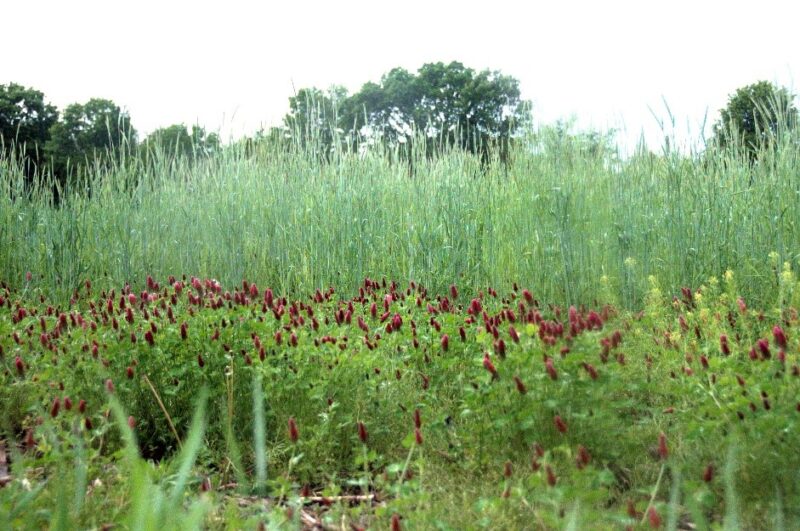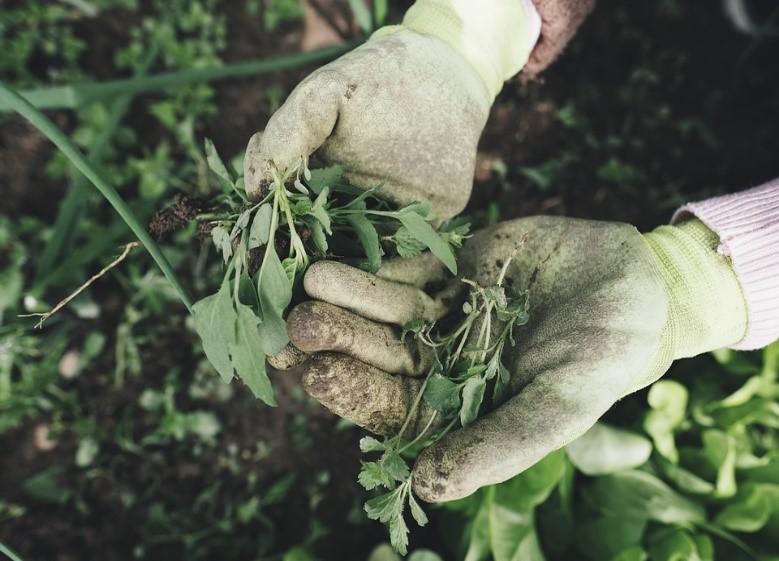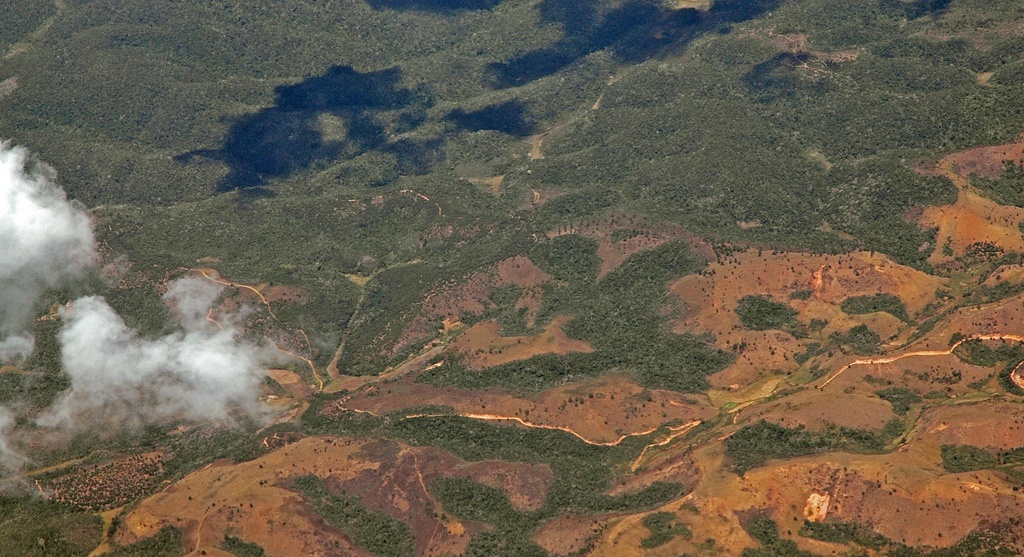It’s that time of year again when farmers’ hearts begin to beat a little faster in anticipation of the spring planting rush. Across rural America, farmers excitedly prepare tractors and planters, finalize seed purchases and lock in crop insurance. The anticipation and hopefulness represent the eternal optimism farmers must possess. It is also quite ironic simply because of history and reality.
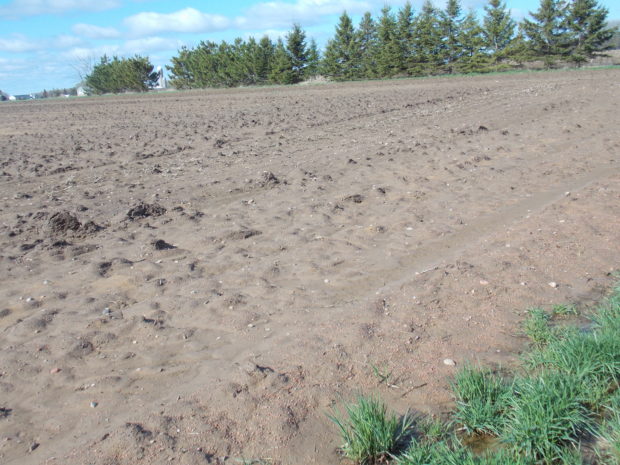
For years, farmers have held onto optimism in spite of the often recurring realities of planting season. Yes, there are those years in which planting goes just as we hope. More often though, farmers experience delays, often related to weather. Delayed planting, planting in poor field conditions, or outright prevention of planting can quickly stress out even the most optimistic farmer. I, for one, have heard stressed farmers cuss a blue streak that would make a sailor blush.
While many farmers blame their stress on the weather, the truth is that for many, their stress is born of their own doing. Conventional practice of heavy and repeated tillage and removal of all residue have degraded soils of their structure and soil organic matter, the two most important factors for creating soil resilient to weather. To some extent, one cannot blame them.
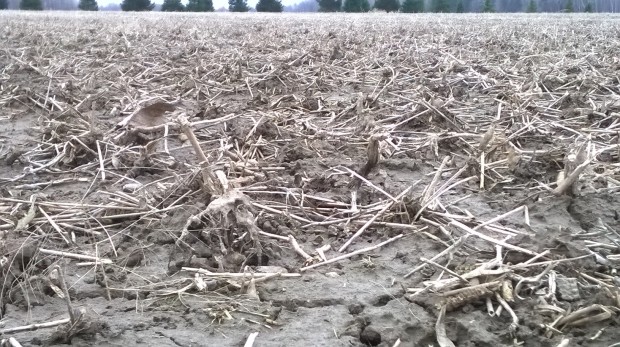
Entering my fifth year of no till and cover crops, I have learned that these soil health practices are providing an added bonus of mental health for me. My healthy soil has improving structure and biology. It quickly drains away excess moisture while fields degraded by tillage and residue removal lack any drainage capacity. In healthy soils, water percolates down into the subsoil. In degraded soils, water ponds at the surface and soil takes longer to dry out and warm up. With poor drainage and soil structure, farmers must wait longer for good weather and have shorter windows of opportunity to accomplish fieldwork.
Yes, crop insurance has alleviated some of the risk and worry with weather, but taking a prevent plant payment is far inferior to successfully planting a crop. After all, establishing a crop while maintaining your sanity provides the foundation for the excitement experienced this time of year.
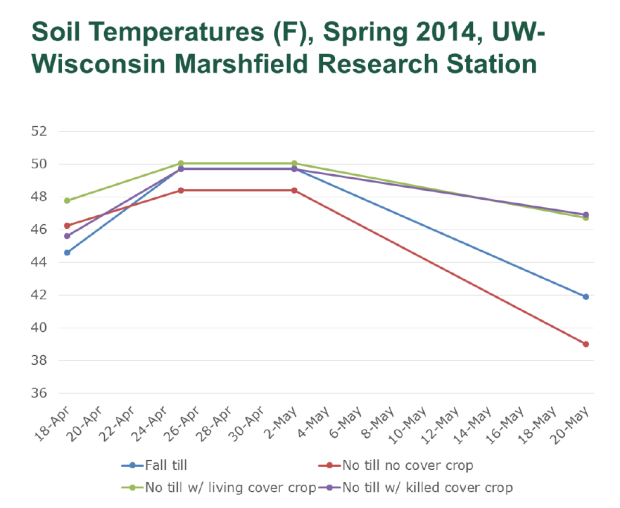
![]() Join the National Wildlife Federation and learn more about how cover crops help the environment whether its by mitigating climate change or improving water quality.
Join the National Wildlife Federation and learn more about how cover crops help the environment whether its by mitigating climate change or improving water quality.


